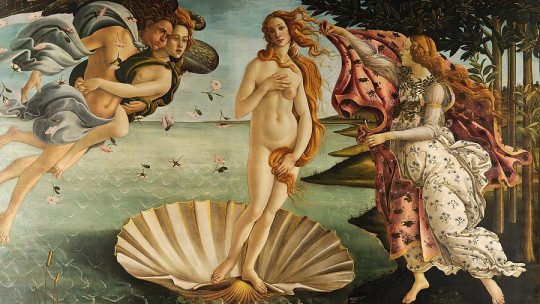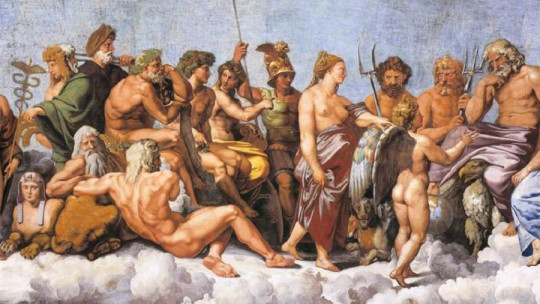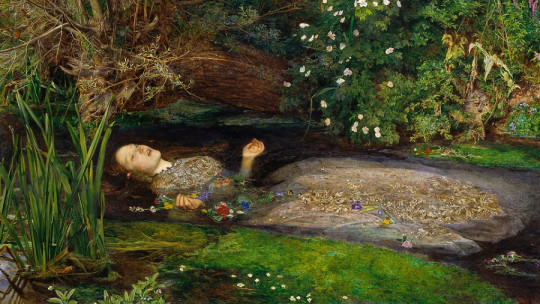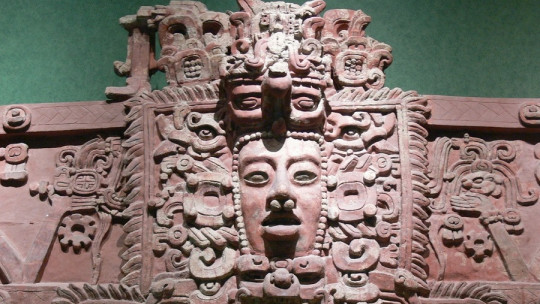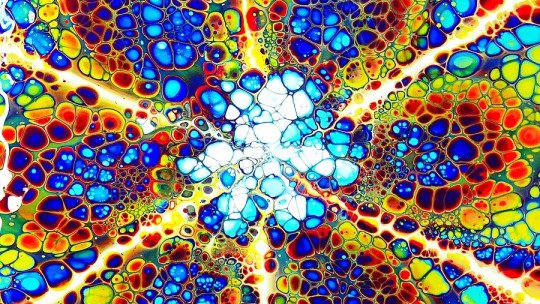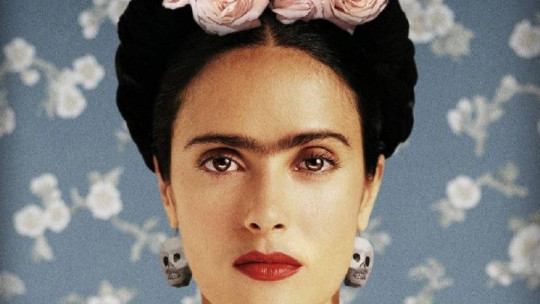What is a muse? Originally, and according to Greek mythology, the muses were the nine daughters of Mnemosyne and Zeus, and were in charge, among other things, of singing for the Olympian gods. Furthermore, the muses presided over thought, so artists, mathematicians, astronomers and anyone who worked with their mind in one way or another owed their inspiration to these nine deities.
Over time, the word muse began to refer, almost exclusively, to the woman who inspires the work of an artist. The term began to be common during Romanticism, in which the role played by characters such as Dante’s Beatrice or Simonetta Vespucci, Botticelli’s muse, was praised.
Although during the Romantic period the relationship of the artist with his muse was idealized, it is true that these women had great importance in the artistic production of their companions. However, it was not always a satisfactory exchange for both parties. There were some, like Camille Claudel or Jeanne Hébuterne, for whom the relationship with the artist was more of a misfortune.
The muses of the most important artists
Next, we will perform a brief tour of 6 of the most famous muses in history and the artists they inspired.
1. Simonetta Vespucci and Sandro Botticelli
The face of this lady appears in many works of the Italian Quattrocento, as she was the muse of several artists of the time. Among them, the best known was Sandro Botticelli.
Simonetta Cattaneo, Vespucci by her marriage to Marco Vespuccio (cousin of the famous Americo) came into the world in 1453, possibly in Genoa, although her birthplace remains a source of discussion by art historians.
Some biographers pointed to Portovenere, in Liguria, as the place of origin, as stated by the poet Angelo Poliziano. However, this latest version may simply be an arrangement to make Simonetta’s birthplace coincide with that of this locality, “Port of Venus.”
Assimilating Vespucci with the goddess of love makes perfect sense, since the young woman’s beauty was soon admired by everyone in Florence. Not in vain, She began to be known as “The Beautiful Simonetta.” Giuliano de Medici himself, the brother of the great Lorenzo, dared to make her his lady in one of the tournaments held in the city. In those days, Sandro Boticelli had already fallen under the spell of the noble lady, and had captured her features in several of his works.
Simonetta’s white face and blonde hair are the ones that shine in the painting The birth of Venus which the artist painted after the death of the young woman.
Simonetta died in April 1476, at the age of 23, apparently a victim of severe tuberculosis. All of Florence mourned his death. Sforza Bettini, one of Lorenzo de Medici’s agents, testifies that, during the transport of the young woman’s body through the streets of Florence, her face was not covered, so that everyone could witness the unparalleled beauty of the deceased (testimony collected by Jill Berk Jiminez in her Dictionary of Artists’ models).
Botticelli’s obsession with her seems to be confirmed not only by the multitude of times he captured her in his works, but also by the fact that he left as his last will that, upon his death, His body was buried in the church of Ognisanti, in Florence, at the foot of the tomb of his muse
2. Anna Maria Dalí and Salvador Dalí
On this occasion, we have preferred to distance ourselves from the Gala-Dalí relationship and focus on his most unknown muse, which is none other than his sister Anna María.
Anna María Dalí (1908-1989) was the first muse of the great painter , as well as his most faithful confidant, until Gala’s arrival. The artist’s relationship with her sister was very close, and he immortalized her in such important canvases as girl at the window (1925), currently preserved in the Reina Sofía Museum in Madrid. Precisely this museum published on its Facebook, in January 2020, the statement that Anna María made for an interview in 1949: “The portraits of me that my brother painted at this time are countless. Many of them were mere studies of the loops and of “a shoulder always uncovered. He painted patiently and tirelessly, and I never got tired of posing for him, since I have never been bored by remaining still and silent.”
The sympathy and affection that the brothers felt were cut short when the painter met Helena Ivanovna Diákonova (Gala), wife at that time of the surrealist artist Paul Éluard.
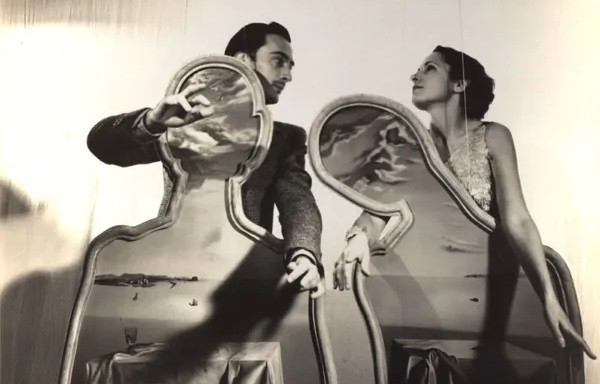
Very soon, the newcomer began to influence the young Dalí and caused him to gradually distance himself from his family. Also from Anna María.
The final break came when, in one of his works, Dalí wrote the phrase: “Sometimes I spit for pleasure on my mother’s portrait.” His father, scandalized, kicked him out of the house. Since then, a bitter feud arose between Salvador and his family. It is not known for sure what happened, and if, indeed, Gala’s influence was decisive in the distancing process (although everything indicates that it is). For her part, Anna María, jealous of Gala and disappointed with her brother, never spoke to her again.
3. Jeanne Hébuterne and Amedeo Modigliani
Modigliani portrayed the sweet and shy Jeanne in many of his paintings. In fact, in most of the painter’s later works, it is Jeanne who appears, with her reddish hair falling over her back and her striking blue eyes fixed on the viewer. The young woman has gone down in history not only for being Modigliani’s most important muse, but also for being his great love
Jeanne Hébuterne was born in 1898 in Meaux, a provincial city, but her family soon moved to the capital, Paris. There, Jeanne’s brother, André, begins to study painting. Soon, the girl also feels attracted to the artistic world and enters the Académie Colarossi, an institution that, as André tells her parents, has an impeccable reputation. According to some sources, it is in the Café The Rotonde, where the academy students meet in the afternoons, where Amedeo Modigliani meets Jeanne. He immediately feels attracted to the naive and somewhat childish beauty of the young woman, who at that time is only 19 years old.
Their love was eminently tragic and, why not say it, also quite toxic Modigliani seems to regain a certain serenity in the company of Jeanne (he had a reputation as an alcoholic, womanizer and cocaine addict), but, in return, she shrinks and stoically endures her outbursts of anger and jealousy. When, in January 1920, the painter died from persistent tuberculosis, Jeanne could not stand the emptiness and threw herself out of the window of her room. She was not yet 22 years old and was eight months pregnant.
Jeanne Hébuterne has gone down in history as a devoted muse and lover of Amedeo Modigliani, but it is necessary to remember that she also dedicated herself to painting. Unfortunately, her premature death deprived us of her work, since she did not have time to perfect her style or leave us a large pictorial corpus. All this leaves us with the following question: What would have happened to your career if it weren’t for this ending?
4. Camille Claudel and Auguste Rodin
The unjustly silenced Camille Claudel entered Rodin’s workshop when she was only 19 years old. Despite her youth, the young woman showed promise, and soon the master He was fascinated by his talent Soon, Camille became, in addition to her student, her muse and her lover. Rodin even promised her that he was going to marry her, after leaving her then-wife, Rose Bouret. It is well known that Rodin neither abandoned his wife nor married Camille.
Perhaps tired of waiting, Camille distances herself from her teacher and begins to exhibit on her own However, already at that time he began to show a certain nervous condition, which only increased over the years. In 1913, her brother committed her to a psychiatric hospital near Paris, where she remained for three decades, forgotten by everyone, until her death in 1943.
Currently, the figure of this extraordinary sculptor is being recovered, who equaled (or even, according to some, surpassed) her teacher. It is enough to remember some of her most famous works, such as the beautiful El gran waltz, which represents a couple immersed in a sensual dance. The artist presented the work at the French National Salon of Fine Arts in 1893 and, despite being a magnificent sculpture, it was harshly criticized for its excessive and erotic realism.
Claudel was a passionate artist and very dedicated to her art , which did not receive the attention it deserved from the public of the time. She lived overshadowed by her teacher and lover, Auguste Rodin, and it was not until recently that her work began to be recognized.
5. Julia Espín and Gustavo Adolfo Bécquer
The Rhymes by Bécquer are one of the most important works of Romanticism in the Spanish language. Compiled and published in 1871, they represent the creative summit of this great Spanish poet. But Do these love poems have a recipient?
Well, it seems that they do, and that recipient (recipient, in this case) was none other than Julia Espín, an opera singer with a short but brilliant career. According to Jesús Rubio, professor of Spanish literature, in his work Gustavo Adolfo Bécquer and Julia Espín: Julia’s albumshis first meeting with the singer inspired the poet to write his Rhyme XVI, the one that begins like this:
If by rocking the blue bells
From your balcony,
You think that sighing the wind passes
Gossip,
He knows that, hidden among the green leaves,
I sigh.
This meeting, while Julia was on her balcony, would be the first of many others, as Bécquer managed to enter the gathering that was being held at the Espín house. It seems that the poet’s love was not reciprocated or, if it was, Julia’s family or the interested party herself had other expectations in this regard. Julia Espín married the politician Benigno Quiroga y López Ballesteros in 1873. Bécquer had died three years earlier, in 1870.
6. Beatrice and Dante Alighieri
This is perhaps one of the most famous and admired platonic relationships of all time, recorded again and again in countless works of art: the love of the poet Dante Alighieri and Beatriz, the young woman with whom, as he himself says, he fell in love. at the age of 9 and whom he saw again later, when the young woman was 18 years old.
We know little about the lady in question. Some authors maintain that she was simply an invention of Dante to give free rein to his poetry. Others, however, identify her with Beatriz “Bice”, daughter of Folco Portinari, a family that lived very close to Dante’s house, in Florence. This lady would be, of all the records of Florentine “Beatrices” close to the poet, the one that would best fit the Dantesque Beatrice. Bice Portinari died at a very young age (23 years old), possibly from childbirth. After her death, Dante was terribly devastated, and turned the deceased into his personal angel the muse that would guide his pen from now on.
However, it could also be, as we have already mentioned, that Beatriz was just an invention to justify her poetry, as was usual among the poets of the time. This fact is corroborated by the very name of the muse, since Beatriz means, in Latin, Blessed, an appellation that has an obvious connection with the celestial. In that case, Dante’s neighbor named Bice would be just an unimportant anecdote.
Anyway; Whether or not Beatriz existed, it is obvious the influence that her image had on the work of the Florentine poet, especially in his Vita Nuova and in his Divine Comedy. In the first, the poet describes his feelings for the young woman, with a high and passionate style (the dolce stil new, as Francesco De Sanctis called it in the 19th century). The sonnets included in this work, dedicated to her muse, present the concept of donna angelicata (angelic woman), which was so in vogue among the poets of the time. In other words, Beatriz is beyond the earthly, since her essence belongs to the celestial, to the divine, and no other woman can please the poet. The Vita Nuova It is, thus, the summation of Platonic love and the summit of courtly love of preceding centuries.
And so that the divine essence of Beatriz is clear, in the Divine Comedy It is she herself who guides her beloved through Paradise, converted, after her premature death, into a kind of angel-guide It could not be otherwise.

